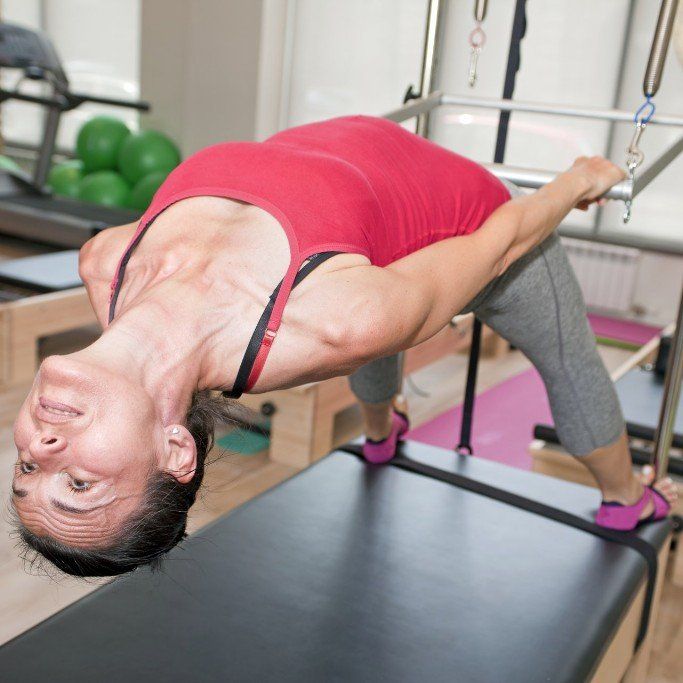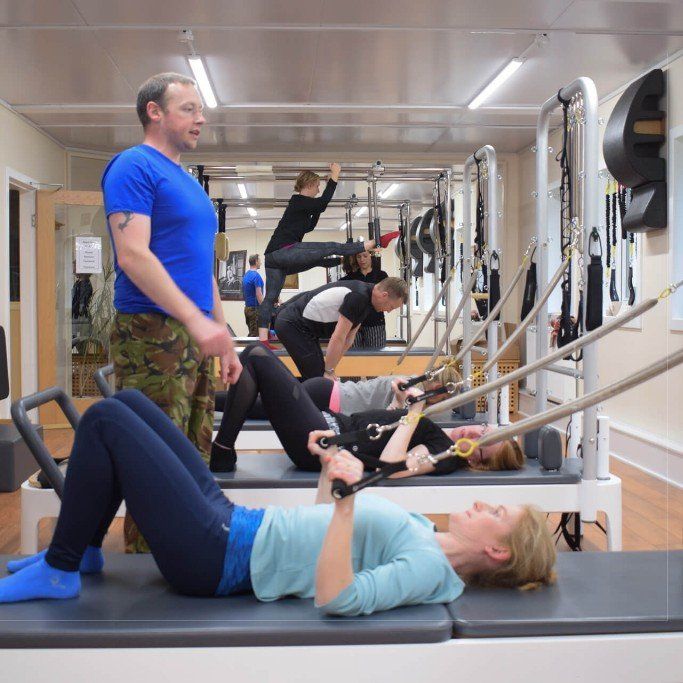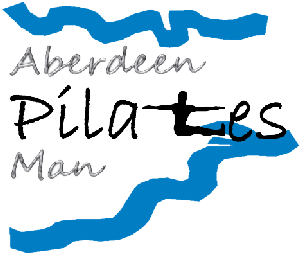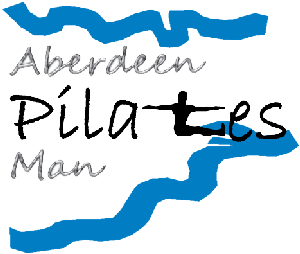
During a class you are given a wealth of information, direction and cues about how to perform each movement, and as you try to understand and apply each piece, you find you are given even more. Below are some points to help you fine tune things as you practice at home….You do practice at home, don’t you?!
Zip and Hollow
We should zip and hollow as we begin all our movements to engage the deeper abdominal muscles, which run from one side to the other.
It helps to think of fastening a “snug” piece of clothing, we draw the belly button in towards the spine, which “hollows” out the abdominals allowing us the bring the garment together, and gently lift the pelvic floor up into the body drawing the “zip” up to close.
Shoulder blade position
Gently squeeze the shoulder blades towards the spine, you should feel some stretching across the chest as you do this, and then pull them down the spine towards where your back pockets would be. Holding the shoulder blades in this position, pull your armpits towards your hips.
Aim to hold these contractions regardless of the movement being performed.
Neutral spine
We normally begin the movements from a neutral spine position either standing, sitting, kneeling, lying, side lying or on all fours (Quadruped).
It’s probably easiest to test when lying on your back. The back of the head, back of the ribcage and tailbone should all touch the mat. Bend your legs and place your feet flat on the floor. We are looking to hold a slight arch in the lower back, just enough to allow you to slide a flat hand in between your back and the mat, if you find you have more or less of an arch, you can adjust this by moving the pelvis.
Lower back is flat on the mat
You need to tilt your pelvis towards your toes.
Zip and hollow as already mentioned, then squeeze your lower back muscles to lift that part of your spine away from the mat.
Lower back has a large arch in it
You need to tilt your pelvis towards your nose.
Zip and hollow, then pulling the belly button towards the spine, squeeze the buttocks to tuck your tailbone between your legs, which will start to flatten your lower back.
You could place a small cushion or towel of a similar thickness to your flat hand between your back and the mat, and practice tilting the pelvis forwards and backwards finding the position where you are just touching the object and no more.
Feet position
Placing feet hip distance apart:
Start with the inside edges off the feet touching, keep the heels together and turn the toes out to the sides roughly 45 degrees, then keeping the toes still, open the heels out until the feet point straight forward.
Once in this position keep an even pressure, thinking of big toe, little toe, heel, across both feet

He was living in England, working as a
boxer and self-defense instructor when World War I broke out, which led him to
be considered an “enemy alien” and therefore interned at a camp near Lancaster,
then later one on the Isle of Man.
Determined that life in a camp would not prevent him taking daily exercise, he began to instruct other detainees in the routines he had created for himself, which he proclaimed enabled them to resist a severe influenza epidemic that affected the camp in 1918.
While in the camp on the Isle of Man Joe worked as a nurse in the hospital, this gave him the opportunity to work hands on with patients through their rehabilitation exercises. He used the frames and springs from the hospital beds to create apparatus, which could at first make the movements easier, then as a person’s ability improved, make them more challenging.
When asked later in life, Joe expressed his gratitude for the experiences in the hospital “having the time and the patients with whom I could work was a wonderful opportunity.”
After the war Joe returned to Germany, living in Hamburg, teaching self-defense to the public and the police. He became interested in modern dance and worked with famous dancers Mary Wigman and Rudolf von Laban.
Joe did not like how politics in Germany were evolving in the mid 1920s, and so, in 1926 boarded the ship Westphalia, and set sail for New York. It was during this voyage he met his “match made in Heaven” Clara Zeuner.
In New York Joe started working in a gym which also housed rehearsal studios for theatre people. One of them was a Russian dancer and choreographer George Balanchine, who later founded the school of American Ballet and the New York City Ballet, recognised the benefits of The Pilates Method, so sent dancers to train with Joe.
At the start of the Thirties, Joe took control of the gym and turned it into his studio. Famous dancers and athletes of the time came to work with Joe because of the significance of his method. Joe also had celebrity clients such as Vivien Leigh, Sir Lawrence Olivier, Katherine Hepburn, and wealthy socialites the Vanderbilts, Gimbels and Guggenheims.

